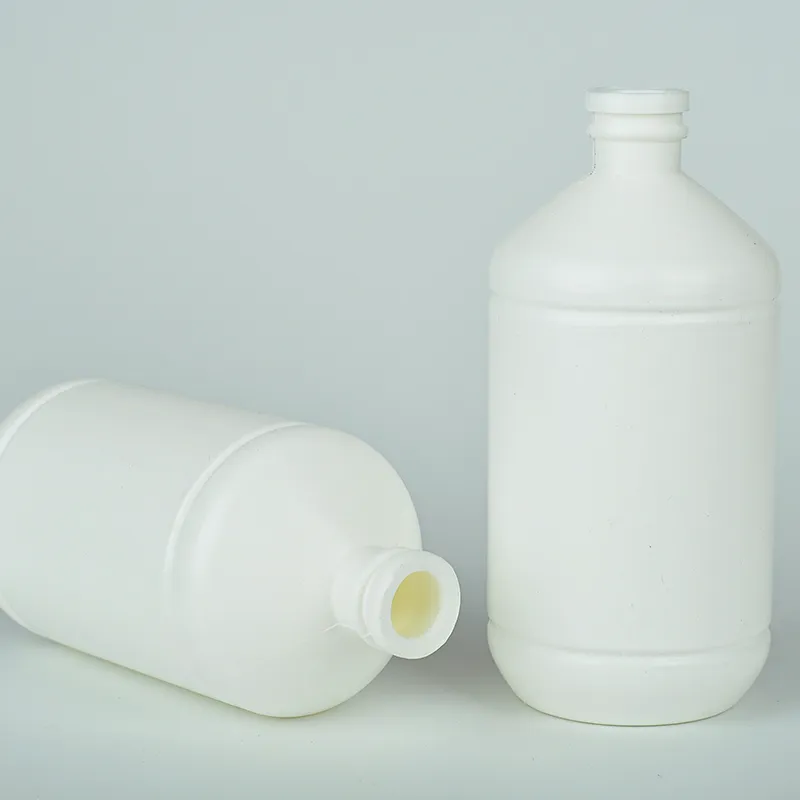petri dish sizes
Understanding Petri Dish Sizes A Comprehensive Guide
Petri dishes are ubiquitous in laboratories and research facilities worldwide, serving as essential tools for microbiology, cell culture, and various other scientific applications. Their size greatly influences their utility, and understanding the different Petri dish sizes is crucial for selecting the right one for specific experiments. This article provides an overview of the common sizes of Petri dishes, their uses, and considerations for choosing the appropriate size for your research needs.
Common Petri Dish Sizes
Petri dishes come in various sizes, with the most common diameters being 60 mm, 90 mm, and 100 mm. Each size serves distinct purposes, influenced by the requirements of the experiment and the volume of the sample being cultivated.
1. 60 mm Petri Dishes The 60 mm Petri dish is commonly used for smaller, controlled experiments, particularly in educational settings. This size is ideal for isolating microbial colonies, performing drug susceptibility tests, or culturing small samples. It facilitates rapid growth assessment and is often employed in teaching laboratories due to its manageability. Researchers appreciate the compact size for experiments involving limited sample quantities.
2. 90 mm Petri Dishes The 90 mm Petri dish strikes a balance between surface area and volume, making it ideal for a broader range of applications. It is frequently used in microbiology laboratories for culturing bacteria, fungi, and other microorganisms. This size allows for multiple colonies to be cultivated simultaneously, making it suitable for experiments requiring higher throughput, such as testing various antibiotics or growth conditions. The increased surface area also provides the opportunity for better observation of colony morphology.
3. 100 mm Petri Dishes The 100 mm Petri dish is one of the largest commonly used sizes and is favored for applications necessitating ample space for growth. It is particularly useful in industrial microbiology and large-scale experiments where extensive colony counts or larger samples are required. Researchers can spread larger volumes of media or samples, which is beneficial for studying interactions between different organisms or evaluating the effects of various factors on microbial growth.
Considerations for Choosing the Right Size
petri dish sizes

When selecting a Petri dish, several factors must be taken into account to ensure optimal results
- Type of Experiment The nature of the experiment is the primary factor in determining the appropriate Petri dish size. For instance, if the experiment involves many different test conditions, smaller dishes may be more practical to manage and stack. Conversely, larger dishes may be necessary for observing extensive interactions among organisms or for larger sample volumes.
- Volume of Media Required Consideration of the volume of growth media needed is essential. Smaller dishes may not hold sufficient media for certain applications, while larger ones may be excessive for experiments requiring only a small quantity of culture.
- Observation Needs Depending on the intended observations, the size of the Petri dish can affect how easily one can inspect growth patterns, colony morphology, or contamination. Larger plates may offer better visibility for complex growth patterns that require careful examination.
- Storage and Handling Practical aspects such as storage space in incubators and the ease of handling should not be overlooked. Smaller dishes are easier to store and transport, while larger dishes may present challenges in these areas.
Conclusion
In conclusion, Petri dish sizes play a pivotal role in microbiological research and experimentation. Understanding the differences between sizes like 60 mm, 90 mm, and 100 mm allows researchers to choose the most suitable dish for their specific needs. Whether for educational purposes, drug testing, or industrial applications, selecting the right Petri dish is fundamental to achieving reliable and reproducible results. By considering the types of experiments, media volumes, observation needs, and practical handling considerations, scientists can ensure that their choice of Petri dish size significantly contributes to the success of their research endeavors.
-
Aesthetic Makeup Spray Bottles | Fine Mist Empty RefillableNewsAug.19,2025
-
White Plastic Veterinary Vaccine Vials | Lab Liquid BottlesNewsAug.18,2025
-
Plastic Medicine Liquid Bottle: Secure Flip Top Drug VialsNewsAug.17,2025
-
Durable 250ml Blue Plastic Vaccine Vial for Lab & Vet UseNewsAug.16,2025
-
Sterile Virus Sample Tubes: Secure & Reliable Specimen CollectionNewsAug.15,2025
-
White 250ml Plastic Vaccine Vial for Lab & Vet MedicineNewsAug.14,2025
























